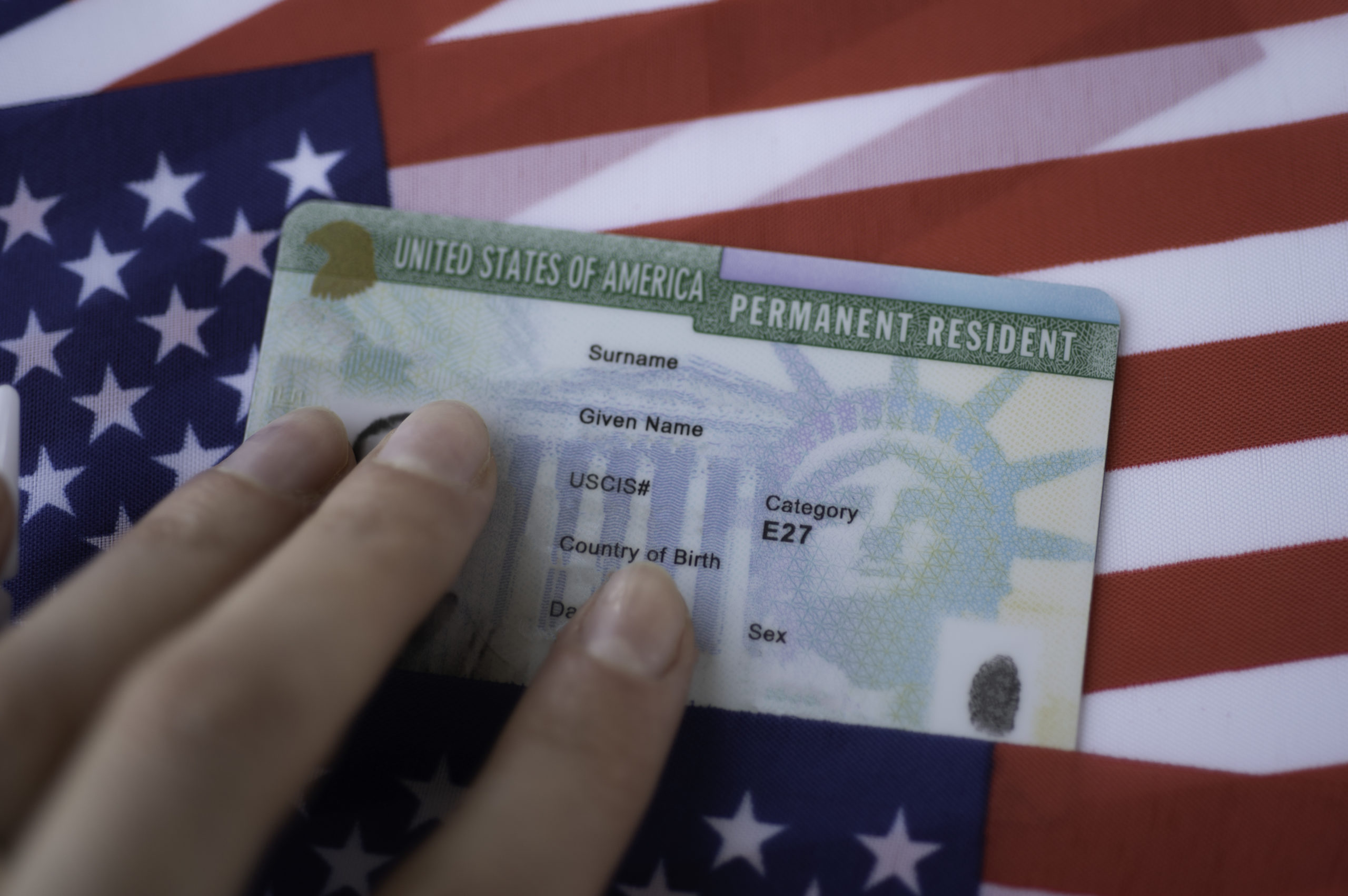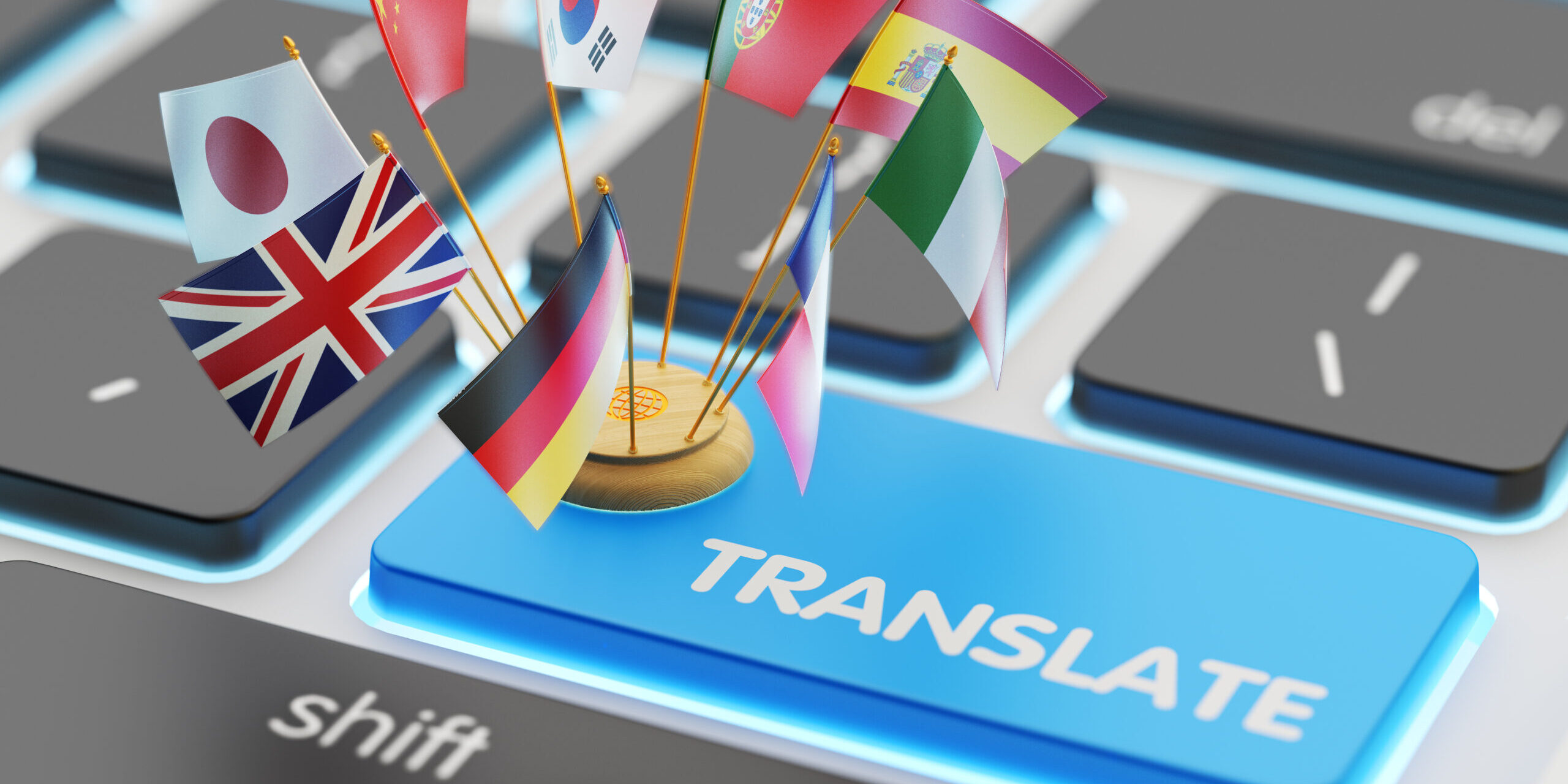Accurate and compliant Chinese-to-Spanish patent translations are critical for Chinese companies protecting AI innovations in Spanish-speaking countries, where the AI market is projected to grow significantly. However, the lack of standardized terminology for emerging AI technologies presents unique challenges, leading to premium pricing for translation services. This article explores the pricing models and challenges associated with translating AI-related patents from Chinese to Spanish.
General Challenges in Patent Translations
Patent translations are inherently complex, requiring both technical accuracy and legal compliance. Patent documents contain highly specialized terminology, demanding translators with expertise in both the source (Chinese) and target (Spanish) languages, as well as the relevant technical field. Moreover, translations must adhere to strict legal standards to ensure the patent’s claims and descriptions remain valid in the target jurisdiction. Even minor errors can result in application rejections or invalidation during litigation.
Translation costs vary based on factors such as language pair, content complexity, and the economic conditions of the target country. For instance, Park IP Translations notes that translations into languages of high-income countries like Japan or Sweden are typically more expensive than those into languages of lower-income countries like Spain or China. However, for Chinese-to-Spanish translations, particularly for cutting-edge fields like AI, additional complexities drive up costs.
Specific Challenges for AI-Related Patents
Translating AI-related patents is particularly challenging due to the lack of standardized terminology for emerging technologies. AI encompasses fields like machine learning, natural language processing, computer vision, and robotics, where terms such as “generative adversarial networks” or “deep learning” may lack direct, standardized equivalents in Chinese and Spanish. Translators often need to conduct research or consult with experts to find the most appropriate translations, which increases the time and cost involved.
The rapid evolution of AI further complicates matters, as terminology changes quickly. Translators must stay updated with the latest industry developments to ensure translations reflect current usage, as highlighted by Visual Capitalist, which notes China’s dominance in AI patent filings. Additionally, finding translators fluent in both Chinese and Spanish with a strong background in AI is challenging, as such professionals are scarce, leading to premium pricing (Alexika).
Impact on Pricing
The challenges of translating AI-related patents result in higher costs compared to other patent types. Translators may charge premium rates to account for the additional research and expertise required. The process often involves multiple rounds of review and editing to ensure technical and legal accuracy, further increasing costs.
Common pricing models for patent translations include:
· Per-Word Pricing: Charges based on word count, ideal for complex documents like AI patents. Artlangs Translation suggests this model accurately reflects workload.
· Per-Page Pricing: Based on page count, suitable for standardized documents but less flexible for AI patents.
· Fixed Fees: A set price for the entire project, offering predictability for large-scale collaborations.
For AI patents, per-word pricing is often preferred due to the varying complexity of terminology. Traditional patent translation costs average $0.25 per word, but AI patents may reach $0.30 per word or higher due to additional research and review.
Translating AI-related patents from Chinese to Spanish is a complex task driven by the lack of standardized terminology, the rapid evolution of AI, and the need for specialized expertise. These challenges lead to premium pricing, with per-word pricing being the most common model. As China’s AI patent filings grow and Spanish-speaking markets expand, understanding these pricing models and challenges is crucial for effective intellectual property protection.
Artlangs Translation specializes in Chinese-to-Spanish patent translations, offering precise terminology analysis and legal compliance guarantees. Our expert translators in AI ensure your intellectual property achieves global recognition. Visit Artlangs today for tailored solutions and competitive pricing!











